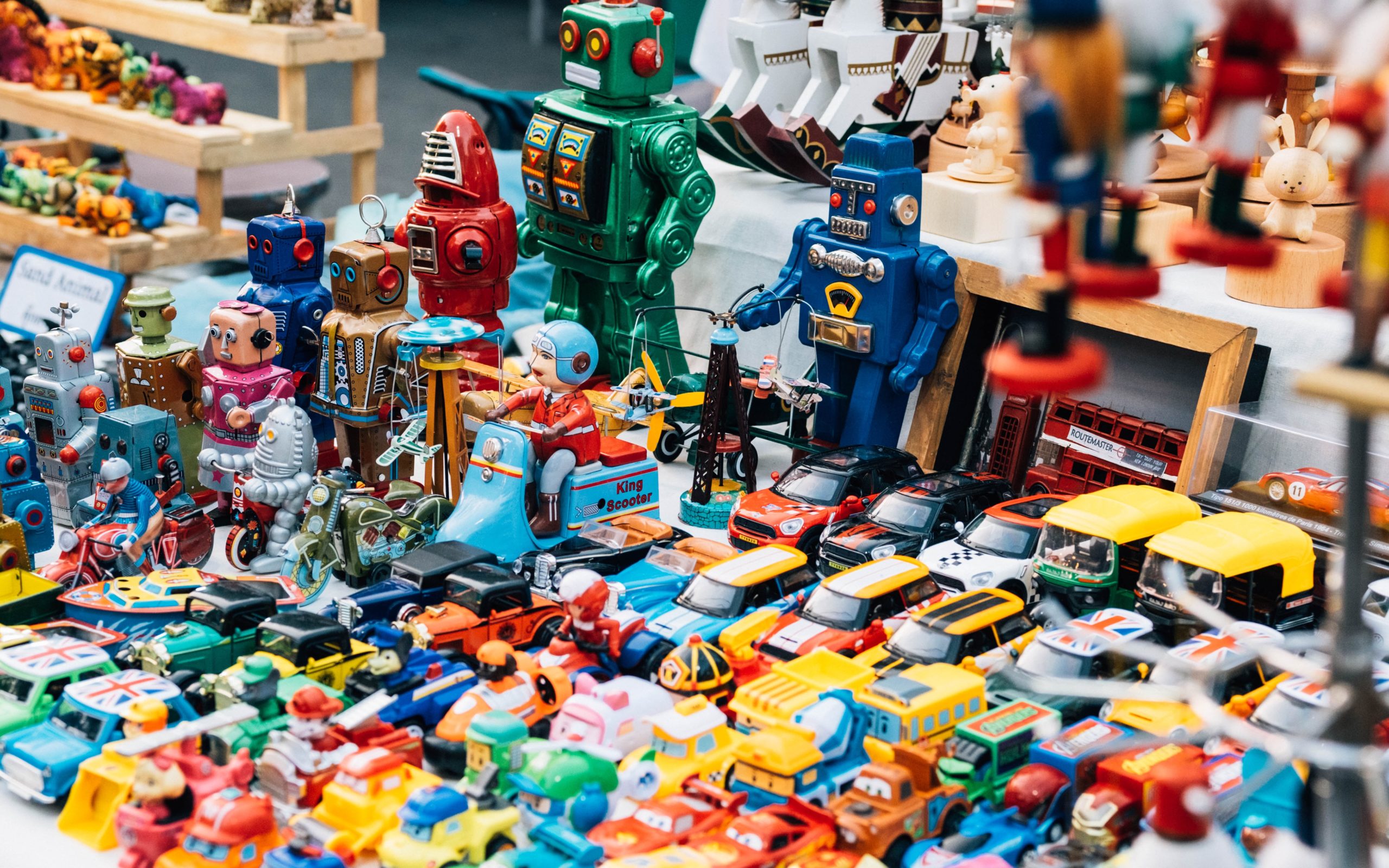Indian Toy Industry - To Infinity and Beyond

Additionally, inflating disposable income levels and the rising awareness among individuals about the benefits of toys in improving the cognitive capabilities of children are positively influencing the market in the country.
A shifting preference from conventional toys towards modern and electronic toys is strengthening the market growth. Since a major part of the consumer segment falls in the infant category, infant/pre-school toys are the most popular amongst the above. Based on the toy type, the market has been classified into infant/pre-school toys, electronic toys, games and puzzles, construction and building toys, dolls, ride-ons, sports and outdoor play toys, plush toys, activity toys, and others.
The increased use of advanced technology and machinery is encouraging manufacturers to produce innovative toys, which is creating a positive market outlook.
Additionally, the expansion of organized distribution channels, along with the rise of the e-commerce industry that provides doorstep delivery, exciting offers, and secured payment methods, is offering a favorable market outlook in the country making it readily accessible.
Foreign Direct Investment (FDI) in the Indian toy industry has been steadily increasing over the years. Government of India has permitted 100% FDI allowing major foreign players in the Indian toy industry like Mattel, Hasbro, Lego, and Funskool to penetrate and capture a bigger share of the growing pie.
The toy industry is highly fragmented as it is mainly dominated by MSMEs. This has led to 90% of the market being unorganized and lacking innovation and resources to invest in equipment and technology. Also, the technical expertise of domestic players in precision tooling is limited and are working towards growing capabilities to compensate for the shortage in readymade molds and structures.
To address these challenges, the Indian government has launched various schemes and initiatives to support the industry, such as the ‘Atmanirbhar Bharat Abhiyan’ and the ‘Pradhan Mantri Mudra Yojana’. To further strengthen the growth in the domestic industry, it is necessary to cultivate a specific manufacturing policy for toys’ production.
India’s success in the toy industry in the last few years shows that focused interventions by the government can help a great deal in creating encouraging manufacturing environment. Overall, the future of the Indian toy industry looks promising, with the potential for growth in both domestic and international markets. With the right investments, innovation, and government support, the industry is poised to become a major player in the global toy market.
Latest
Shared Service Centers in CEE – How to find the right country?

Your Partner on the Ground: EAC’s China Interim Management Solutions

How “Energy Efficiency” Can Help Cut Emissions/Carbon Footprint!

Key Success Factor of Influencer Marketing in China – Influencer Matrix


